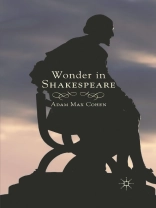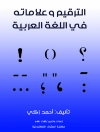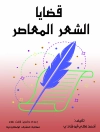In the first part of this book, Adam Max Cohen embraces the many meanings of wonder in order to challenge the generic divides between comedy, tragedy, history, and romance and suggests that Shakespeare’s primary goal in crafting each of his playworlds was the evocation of one or more varieties of wonder.
Содержание
PART I: WONDER IN SHAKESPEARE Wonder, Amazement, and Surprise: Beginning a Stunning Story Resurrections of the Living and the Dead: Natural and Spiritual Bodies and Souls ‘Die to live’: Various Forms of Empathetic Wonder The Metaphorical Use of the Prodigious Birth Tradition More of a Prodigy than a Prophecy Wonder, Awe, and Admiration: Shakespeare’s Cabinets of Curiosity Transalpine Wonders: Shakespeare’s Marvelous Aesthetics PART II: SIX RESPONSES TO WONDER IN SHAKESPEARE Embodying Wonder; M.Tarnoff The Aesthetic Resurrection of the ‘death-mark’d’ lovers in Romeo and Juliet; J.Segal The ‘Spectacle of Conversion, ‘ Wonder, and Film in The Merchant of Venice; M.G.Aune God Save the King: Richard IIin Wonder-land; R.Steinberger A World of (No) Wonder, or No Wonder-Wounded Heros Here: Toward a Theory on the Vanishing Mediation of ‘No Wonder’ in Shakespeare’s Theater; K.Keating & B.Reynolds Passing for Truth: Wonder Tales and Their Audiences in Othello; J.B.Fisher
Об авторе
ADAM MAX COHEN earned his Ph D from the University of Virginia, USA, and was an Associate Professor at the University of Massachusetts, Dartmouth. His teaching interests included Shakespeare, Renaissance Literature, Early Modern Cultural Studies, History of Science, and Technology. He is the author of
Shakespeare and Technology: Dramatizing Early Modern Technological Revolutions and
Technology and the Early Modern Self.












